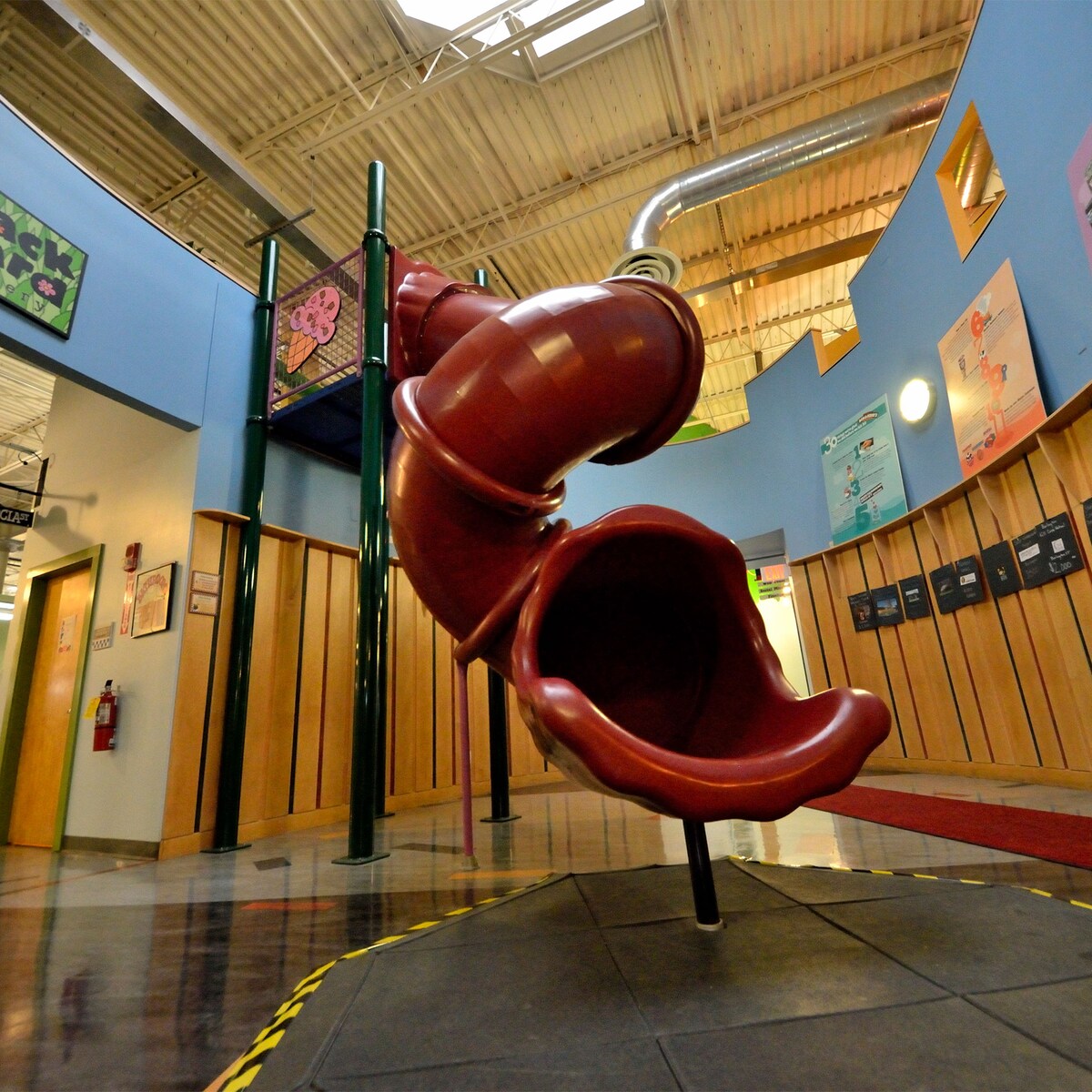May 16, 2016

Something disastrous is happening just off the coast of Queensland, Australia.
No, it’s not a ship full of Chocolate Fudge Brownie pints sinking beneath the waves (phew!). It’s the slow, steady, heartbreaking bleaching of the Great Barrier Reef. And not the good kind of bleaching, like what you do to your hair or your laundry. This kind of bleaching steals the reef’s bright, vibrant colors, weakens the surrounding ecosystem, and threatens the reef’s very livelihood.
The World’s Largest Coral Reef
The Great Barrier Reef is made up of over 2,900 individual reefs, covering around 344,400 square kilometers (that’s bigger than the United Kingdom and Ireland combined!) and providing a habitat to over 2,000 marine animals. It’s the only living structure visible from space, one of the Seven Natural Wonders of the World, and part of the World Heritage List. But it’s under a critical threat.
Coral Bleaching is a Death Sentence for Reefs
A recent series of scientific studies have confirmed a devastating, worst-case scenario— coral bleaching across 93% of the reefs. And 93%, you’ll notice, is painfully close to 100%.
But, what is bleaching, anyway?
Let’s start at the beginning: coral is a living organism that needs food, sunlight, and just the right water temperatures to live. Usually, it feeds on a special kind of algae called zooxanthellae, which lives right in the coral’s tissues. Kind of like having a backpack full of snacks on you at all times. And coral’s bright, beautiful colors? Those come from zooxanthellae, too. But when something impacts the reef’s environment – like warmer water temperatures, pollution, or too much sun exposure – the algae get spooked and leave the coral’s tissues. This leaves the coral colorless, hungry, and very susceptible to disease. If the bleached state lasts long enough, the coral dies.
Blame Climate Change (And El Niño)
Experts say this is the worst bleaching event that has ever been recorded at the Great Barrier Reef. But Australia is just the latest and highest profile reef to be struck by bleaching— around the world, from the Pacific atoll of Kiribati to Hawaii and the Indian Ocean, scientists are reporting massive coral die-off.
What’s happening here? The immediate culprit is a strong El Niño weather pattern warming ocean temperatures. But the longer term driver is climate change, which is steadily ratcheting up global temperatures each year and making El Niño events more severe. So next time old El Niño comes around, it won’t need to be as strong to have a horrendous impact on reefs around the world.

Bleaching Hurts Biodiversity and Economies
Reefs are the gathering places of the ocean. Like cosmopolitan centers, reefs cover less than a tenth of the ocean floor, but the play a role in over 25% of the world’s fish biodiversity. The collapse of reef systems in Australia, and around the world, will have devastating affects on marine life that are already feeling the squeeze from warming waters.
And the value of this natural resource has a direct impact on people. In Australia alone, reef industries – like tourism and fishing – account for some 69,000 jobs and the equivalent of over $4 billion USD in annual revenue ($5.4 billion AUD). Regions from Hawaii to the Indian Ocean are likewise dependent on healthy reef systems to support their local economies.
Help Reefs Survive and Thrive
The upside to all this is that there is still hope, because not all bleaching is deadly. Bleached reefs can grow back their algae, and many reefs around the world have gone through this cycle in the past and, with support, returned to flourish.
Now that we see what’s happening under the waves, it’s on us to help stop it, and preserve these natural wonders for the future. And a good way to start is by adding your name to this petition supporting a stronger position on climate change and reef protection policies.


